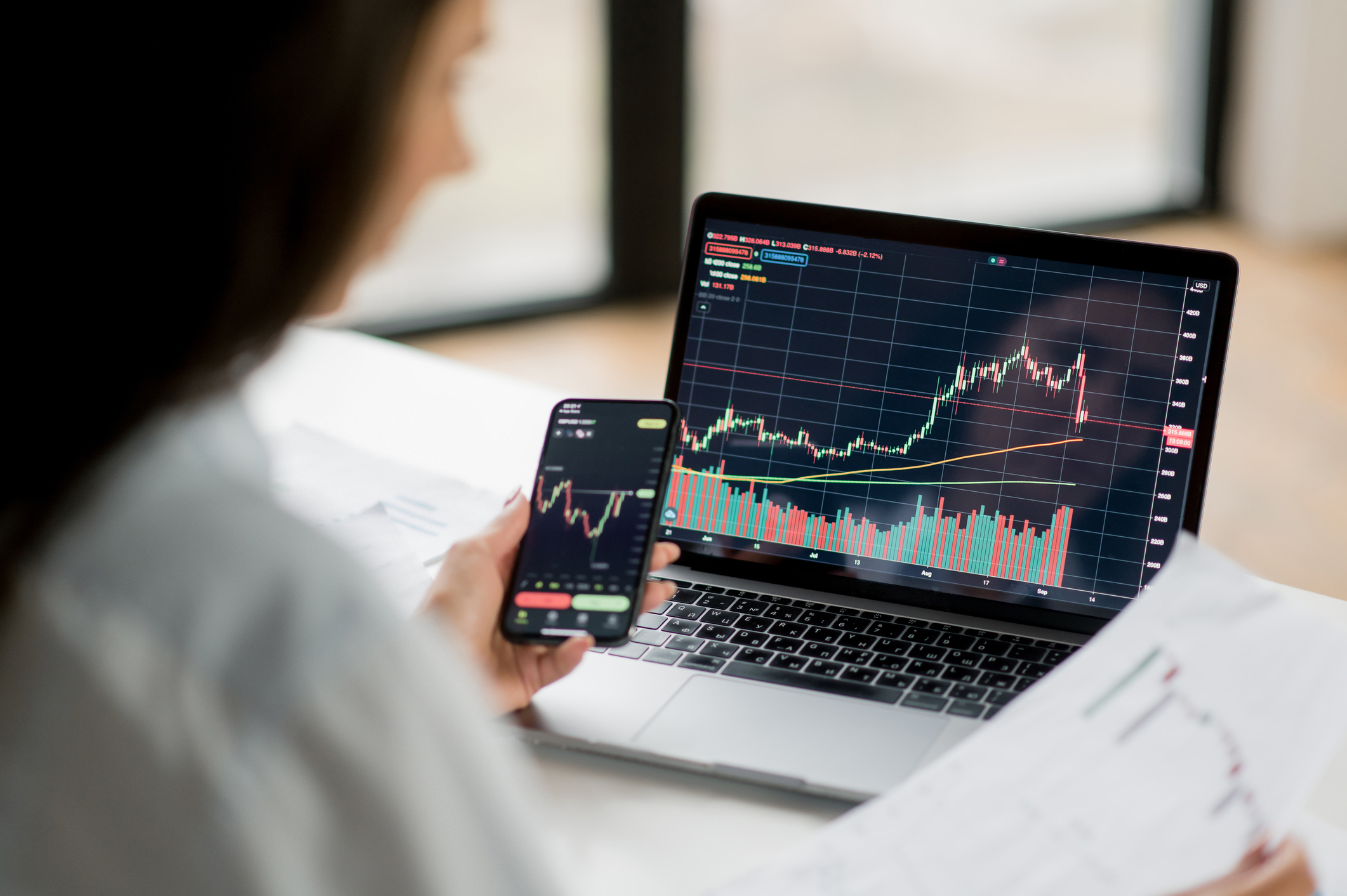How to prepare your investment portfolio for volatile times
You can't predict when volatility will hit your investment portfolio but you can prepare for it


Investing can be unpredictable but there is one certainty: your investment portfolio will come across volatility.
The latest round of volatility hit stock markets earlier this month as fears of a US recession sparked a sell-off in global equity markets.
The S&P 500 fell by more than 2% in the first week of August and the Nasdaq was down 3.5%.
MoneyWeek
Subscribe to MoneyWeek today and get your first six magazine issues absolutely FREE

Sign up to Money Morning
Don't miss the latest investment and personal finances news, market analysis, plus money-saving tips with our free twice-daily newsletter
Don't miss the latest investment and personal finances news, market analysis, plus money-saving tips with our free twice-daily newsletter
But the Japanese stock market saw the biggest fall, with the Topix plummeting by 20.3% over three days – triggered by its central bank hiking rates.
Markets have rallied since the start of the month but volatility is something that investors have to accept.
“Market turbulence can be unsettling, but it’s important to remember it’s a natural part of investing, and that every long-term investor is likely to experience many dips in their investing lifetime,” says James Norton, head of retirement and investments at Vanguard Europe.
“There have been eight global bear markets since 1972, for example. Yet, in that time the value of the global stock market has grown dramatically. When markets fall, it’s really important to stay invested, so that you don’t lock in losses, and so your portfolio can participate in the recoveries that typically follow a downturn.”
You may not be able to predict when your portfolio will enter volatile times, but here is how you can at least prepare your investment portfolio for it.
Ignore the noise
Investing is a long-term game so as long as your portfolio fits with your financial plan and level of risk, a bit of volatility shouldn’t do too much harm over a few decades in the stock market.
Some commentators even say you shouldn’t even check your investments when stock markets are falling as selling at a loss can mean missing out on a major rally.
“It’s about time in the market not timing the market,” says Norton.
“Historically, the best and worst trading days have tended to occur close together, often during periods of heightened market uncertainty, making the prospect of successfully timing the market almost impossible.”
Stay diversified
One of the oldest investment adages is to not put all your eggs in one basket.
Diversification is key to riding volatile times.
Ensuring you have money spread across different types of stocks as well as using other assets such as bonds can ensure that if some parts of your portfolio are falling, other uncorrelated parts can pick up the slack.
Norton says: “One way to insulate your portfolio is to blend shares and bonds in a way that suits your attitude to risk and goals.
“Bonds have historically helped to stabilise portfolios during stock market downturns. By having a broad spread of investments across global markets, you can benefit from investments that may perform well when others are falling.”
Spot the opportunities
The greatest investment opportunities often come out of uncertain situations and a stock market decline may present a good time to enter the market.
JJ Kinahan, chief executive of IG North America, says the latest sell-off was an opportune moment to identify investment-worthy stocks that were down less than the broader market.
“Traditionally, those are the stocks that are often quickest to recover or emerge as new market leaders, or there may be an opportunity to buy that stock you wanted to buy at a particular price, at an even lower price,” says Kinahan.
“In these moments it can also be helpful to invest a small amount at a lower price to minimise the likelihood of significant losses.”
Investors seem to have taken this opportunity in the recent sell-off.
Data from interactive investor shows that while stock purchases declined at the start of the month, net flows into unit trusts, investment trusts and exchanged traded products were up 30%.
“Our data suggest that many of our customers put the age-old ‘keep calm and carry on’ investment maxim into practice in the days following the global market downturn,” says Myron Jobson, senior personal finance analyst at interactive investor.
“Investors who adopted these approaches are likely to have been vindicated, as global markets have recovered since then.
“The recent market volatility highlights the importance of giving your investments ample time to smooth out the effects of short-term ups and downs, avoiding knee-jerk decisions, and maintaining a well-diversified portfolio.”
Control what you can
You can’t control performance and volatility but one of the biggest dents in your profits can actually come from the charges you pay for investing.
Platform, fund and trading fees can vary across different providers so it is important to shop around.
Check out our guide to the top investment platforms as well as providers paying cashback for your ISA or pension.
"Fees eat into your investment returns and this is particularly painful when stock markets are falling. Investing costs might not look like big numbers, but if you're getting a return of 4% and paying 2% in charges, that's half of your returns gone,” adds Norton.
“So even supposed small costs can add up to big losses over time.”
Get the latest financial news, insights and expert analysis from our award-winning MoneyWeek team, to help you understand what really matters when it comes to your finances.

Marc Shoffman is an award-winning freelance journalist specialising in business, personal finance and property. His work has appeared in print and online publications ranging from FT Business to The Times, Mail on Sunday and the i newspaper. He also co-presents the In For A Penny financial planning podcast.
-
 What are my retirement income options?
What are my retirement income options?We’re all told to save into a pension, but there’s widespread confusion about how to take an income from our savings and investments at retirement, a new study has found. We look at your retirement income options.
-
 UK interest rates: will the Bank of England lower rates?
UK interest rates: will the Bank of England lower rates?The Bank of England’s Monetary Policy Committee’s (MPC) final interest rates meeting of the year takes place tomorrow (18 December) and most experts expect a cut